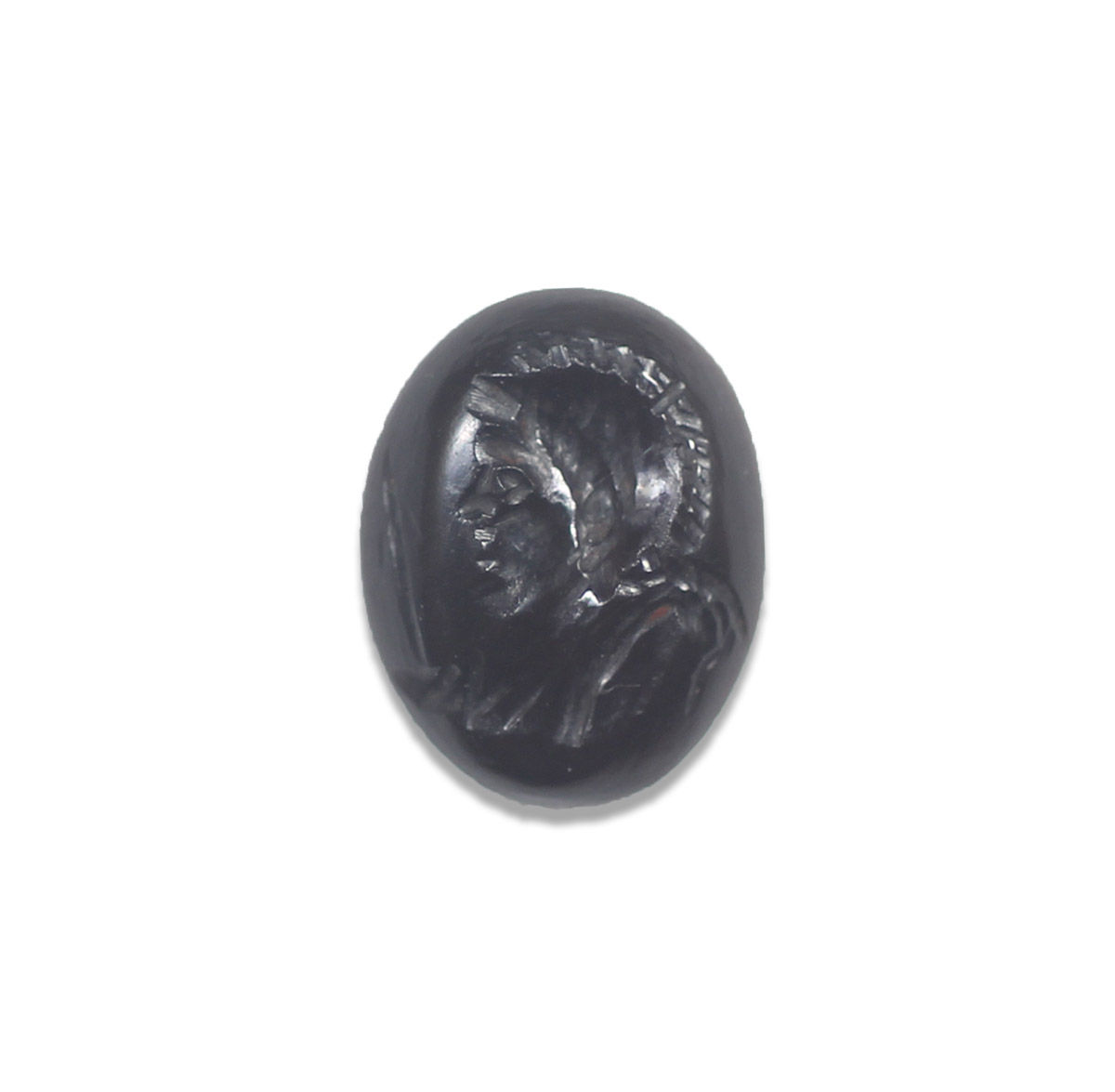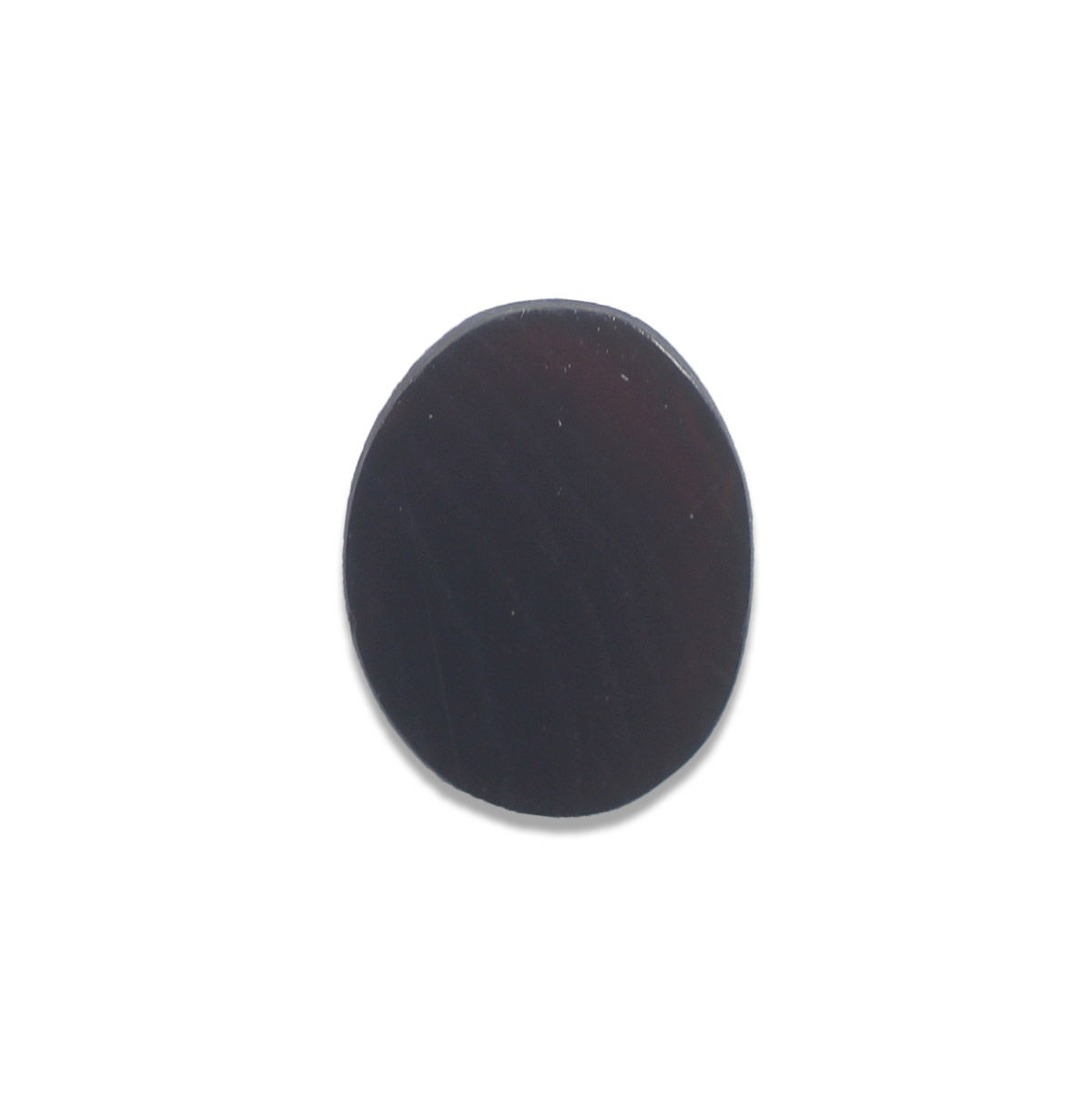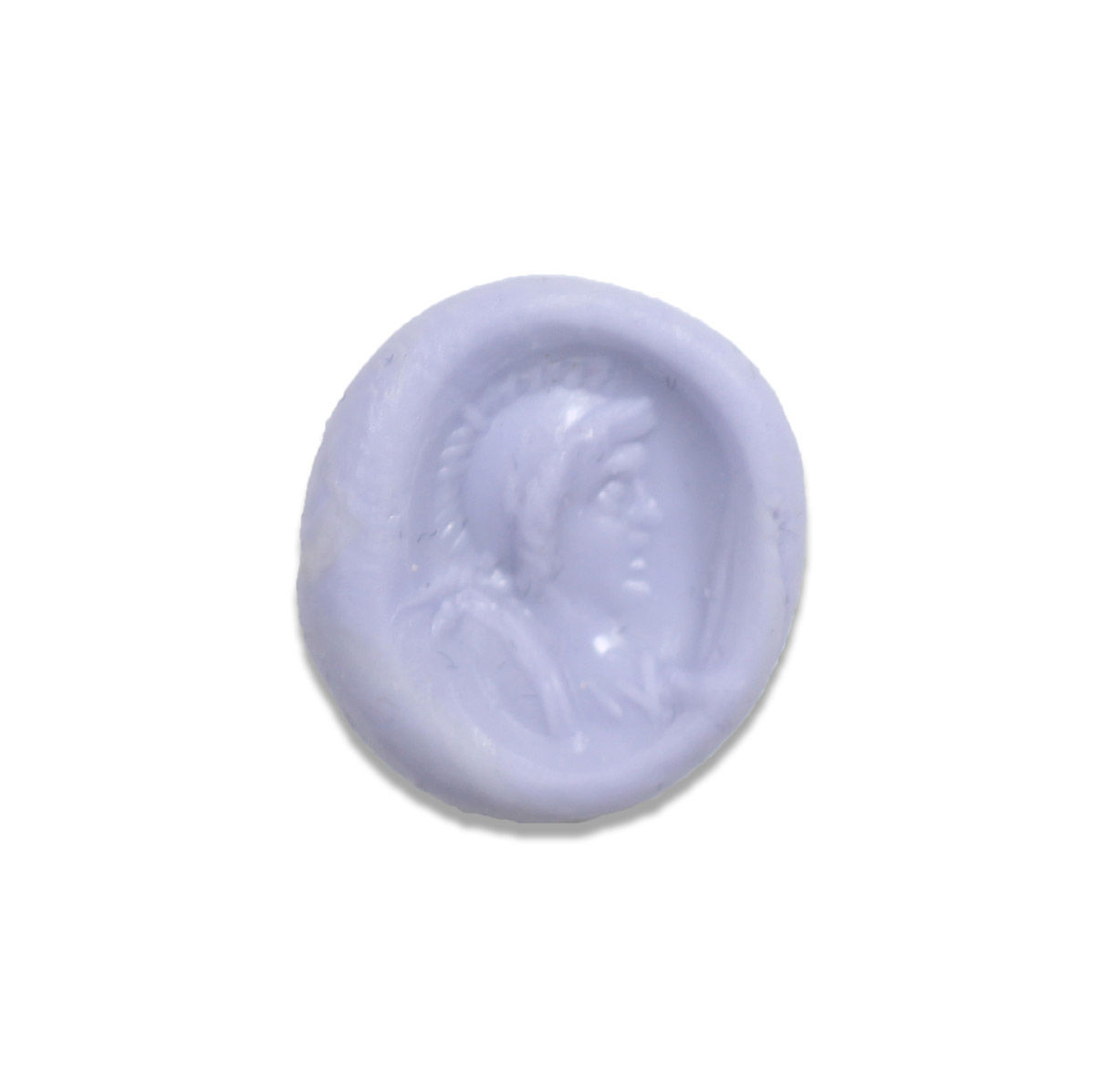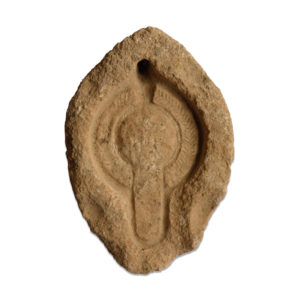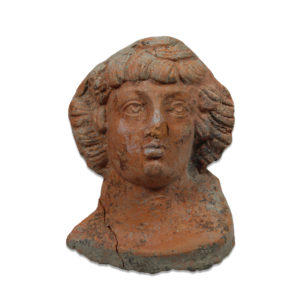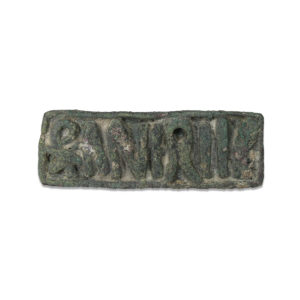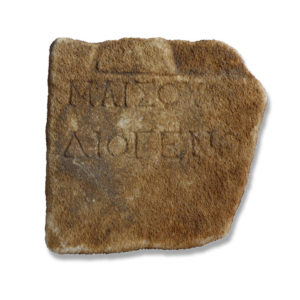Description
| ITEM | Intaglio stone depicting helmeted bust of Mars with shield |
| MATERIAL | Gemstone, Opaque glass |
| CULTURE | Roman |
| PERIOD | 2nd – 3rd Century A.D |
| DIMENSIONS | 10 mm x 8 mm |
| CONDITION | Good condition |
| PROVENANCE | Ex Austrian private collection, M.S. Collection, acquired before 1970 |
Mars, ancient Roman deity, in importance second only to Jupiter. Little is known of his original character, and that character (chiefly from the cult at Rome) is variously interpreted. It is clear that by historical times he had developed into a god of war; in Roman literature he was protector of Rome, a nation proud in war.
Mars’s festivals at Rome occurred in the spring and the fall—the beginning and the end of both the agricultural and the military seasons. The month of March, which was named after him, was especially filled with festivals wholly or partially in his honour; the members of the ancient priesthood of the Salii, who were particularly associated with Jupiter, Mars, and Quirinus, came out several times during the month to dance their ceremonial war dance in old-fashioned armour and chant a hymn to the gods. October was also an important month for Mars. At the festival of the October Horse on October 15, a two-horse chariot race was held in the Campus Martius, and on October 19 the Armilustrium marked the purification of the arms of war and their storage for the winter. The god was invoked in the ancient hymn of the Arval Brothers, whose religious duties had as their object to keep off enemies of all kinds from crops and herds.
Until the time of Augustus, Mars had only two temples at Rome: one was in the Campus Martius, the exercising ground of the army; the other was outside the Porta Capena. Within the city there was a sacrarium (“shrine,” or “sanctuary”) of Mars in the regia, originally the king’s house, in which the sacred spears of Mars were kept; upon the outbreak of war the consul had to shake the spears saying, “Mars vigila” (“Mars, wake up!”).
Under Augustus the worship of Mars at Rome gained a new impetus; not only was he traditional guardian of the military affairs of the Roman state but, as Mars Ultor (“Mars the Avenger”), he became the personal guardian of the emperor in his role as avenger of Caesar. His worship at times rivaled that of Capitoline Jupiter, and about AD 250 Mars became the most prominent of the di militares (“military gods”) worshiped by the Roman legions. In literature and art he is hardly distinguished from the Greek Ares.


